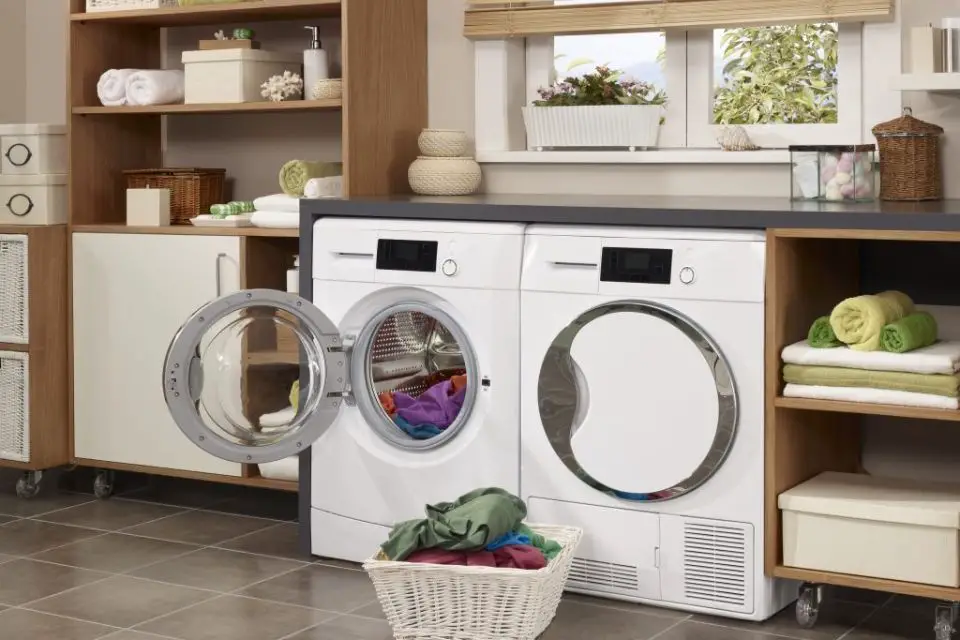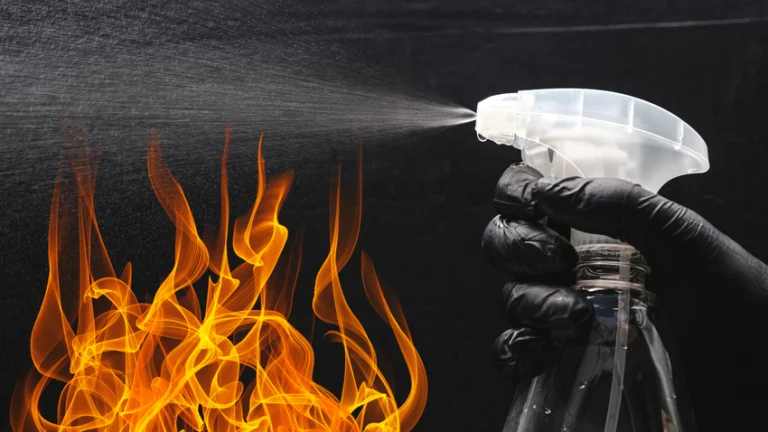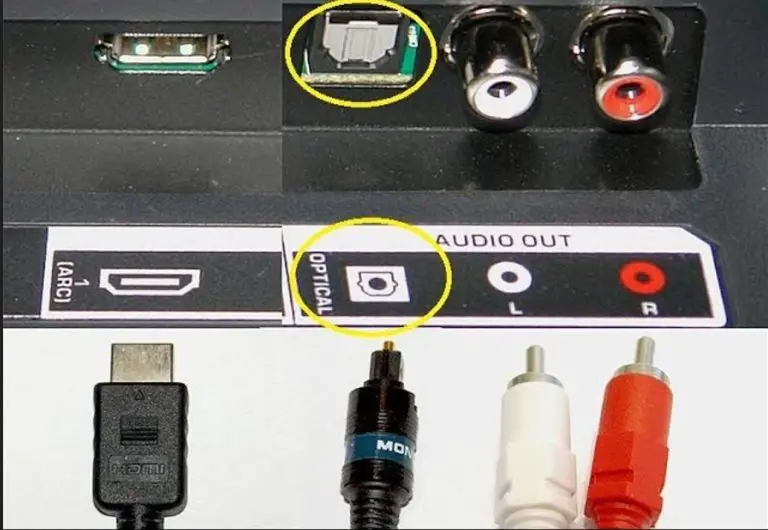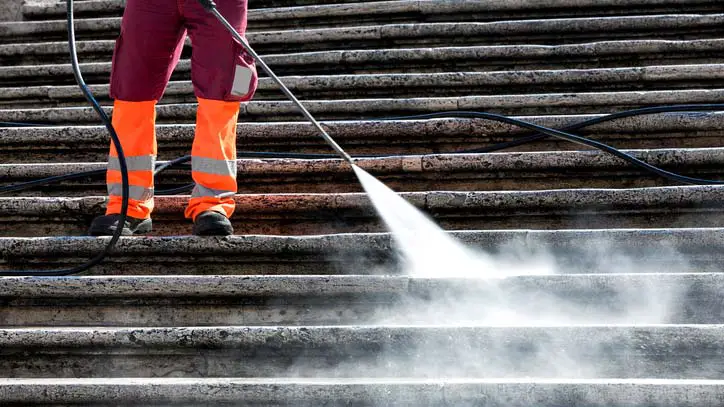Comprehensive Guide To Washing Machine Drainage Options
A washing machine drainage option is an important part of the overall setup for any home’s laundry system. There are both direct and indirect options available, so it’s important to understand these differences and select the one that fits your particular needs best. Direct drainage is when the water goes directly from the washer into a drain pipe connected to a sewage line or septic tank, while indirect drains involve using a standpipe that collects wastewater in a container before being released through gravity into the drainage system.
The choice between these two methods depends on factors such as space availability, plumbing connections, and local building codes. If you’re considering installing an indirect drain, it’s essential that you choose pipes with sufficient capacity to handle large volumes of water quickly without overflowing—too small diameter piping can cause backflow issues from excess pressure build-up. Proper installation also requires a proper slope towards the destination drain outlet point for efficient flow rate, as well as adequate venting for air circulation throughout all points in connection reachable by pressurized air pumps or vacuum systems if needed.
Finally, be sure to regularly inspect your washing machine’s drainage system for clogs or blockages due to sediment buildup and clear them out accordingly; this will help ensure optimal performance over time!
Having the right drainage option for your washing machine is essential for ensuring that it runs properly and efficiently. This comprehensive guide will provide you with all the information you need to understand what types of drainage options are available, how they work, and which one is best suited to your needs. From detailed explanations on direct drain systems to understanding why a standpipe might be preferable over other alternatives, we’ll cover everything you need to know about washing machine drainage options.
With this knowledge in hand, you can make an informed decision and ensure that your laundry room stays free from flooding or plumbing problems!

Credit: www.angi.com
Washing Machine Drainage System
A washing machine’s drainage system is responsible for removing wastewater from the appliance during a cycle. It consists of a drain hose, which transports water from the tub to the home’s plumbing fixtures, and a standpipe or laundry sink that allows air to enter while blocking sewage gases. The washer must be at least 30 inches off the floor so that gravity can assist in draining away any excess moisture.
Additionally, proper installation requires using an appropriate-sized drain hose with enough pitch (or angle) to ensure that all water drains out successfully.

Credit: www.maytag.com
What is the Drain Option on a Washing Machine?
The drain option on a washing machine is an important feature that allows you to empty the water from your machine after use. It works by pumping out the used water from the drum and into a drainpipe or sink. This prevents excess water from building up in the washer and causing damage, while also allowing you to easily switch between washing cycles or garments without having to manually move them around.
The drain option can be controlled through settings on most modern machines, but some older models may require manual draining of the tub before starting another cycle.
Does a Washing Machine Drain Line Need to Be Vented?
Yes, a washing machine drain line needs to be vented. This is because the water in the pipes can create negative pressure and cause a vacuum-like effect, leading to the suction of air from the drains or even from the sewer system. The vent allows air into the drain line so that this negative pressure does not occur and keeps everything balanced for a smooth draining process.
Additionally, it helps prevent siphoning of wastewater back up through the lines if there are problems with your plumbing system.
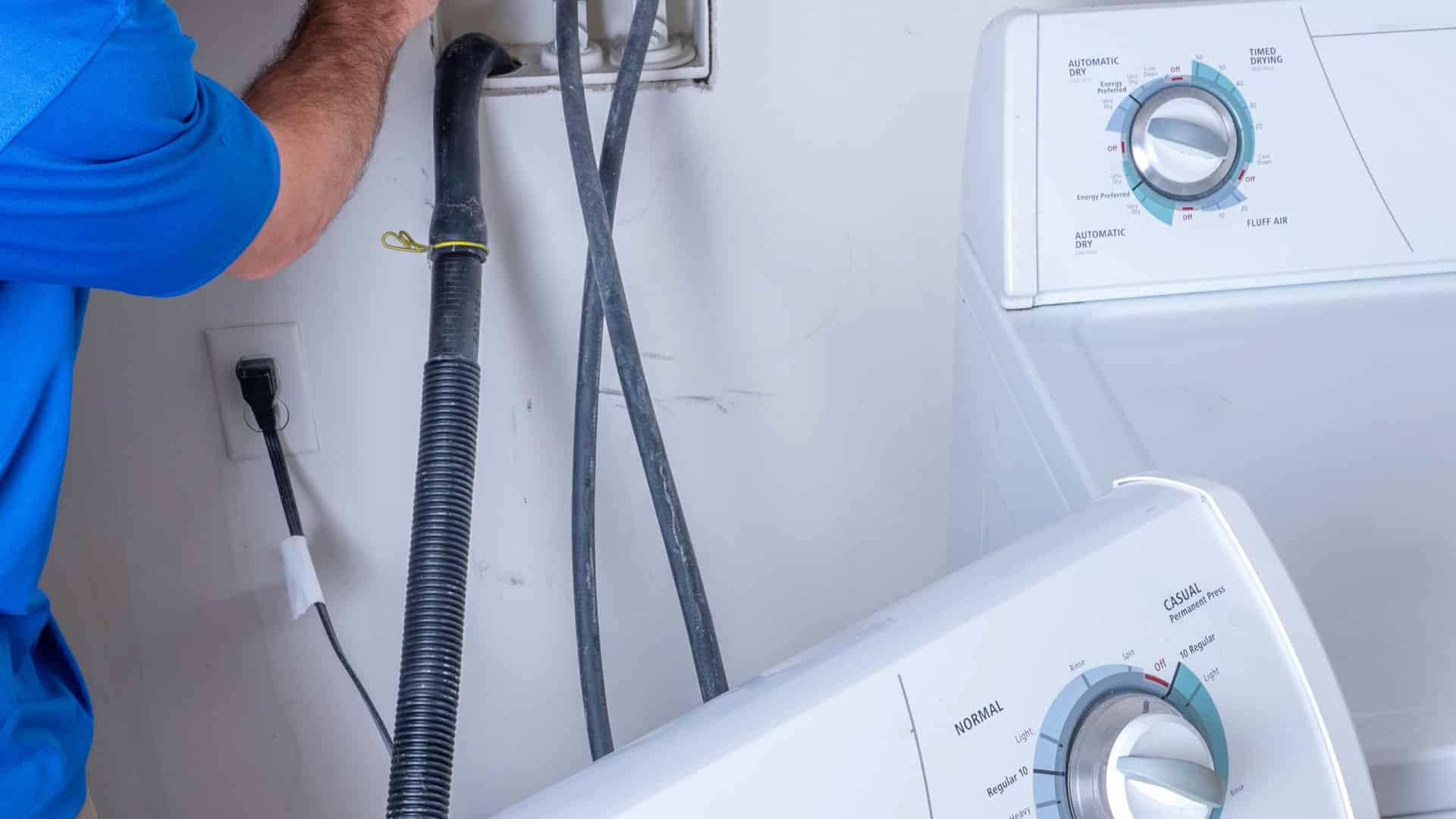
Credit: paradiseapplianceservice.com
How Should a Washing Machine Waste Be Plumbed In?
When plumbing a washing machine, the waste line needs to be installed correctly and securely. The most common way is to install an air gap in your sink or countertop that connects directly to the drain. This allows any wastewater from the washer to flow freely into the sewer system without backing up into other areas of your home.
Additionally, it’s important to make sure you use sturdy pipes when plumbed in order to ensure they don’t leak or break over time. Lastly, it’s best practice for all water-using appliances like washing machines and dishwashers to have their own dedicated shutoff valves so that you can easily turn them off if needed.
What are the Code Requirements for Washing Machine Drain Pans?
The code requirements for washing machine drain pans vary by state and local municipality, but typically they must be made of corrosion-resistant material such as plastic or stainless steel. The pan must also have a minimum capacity of at least 20 gallons and should be sloped so that water can flow freely to the standpipe or other approved draining system. Additionally, it is important to ensure that the proper trap seal is maintained in order to prevent sewer gases from entering the home.
Finally, it is necessary for homeowners to maintain regular maintenance on the drain pan in order to keep it free from debris and clogs.
[Front Load Washer] Installing the Drain Hose
Conclusion
This blog post has given a comprehensive overview of the various drainage options available for washing machines. From gravity drains to direct-to-drain and more, there are many different solutions that can be used depending on one’s specific needs. Additionally, it is important to keep in mind factors such as cost, space availability, and water pressure when choosing a drainage system for a washing machine.
With this guide in hand, you should now have all the tools necessary to make an informed decision about which drain option best suits your own individual circumstances.
